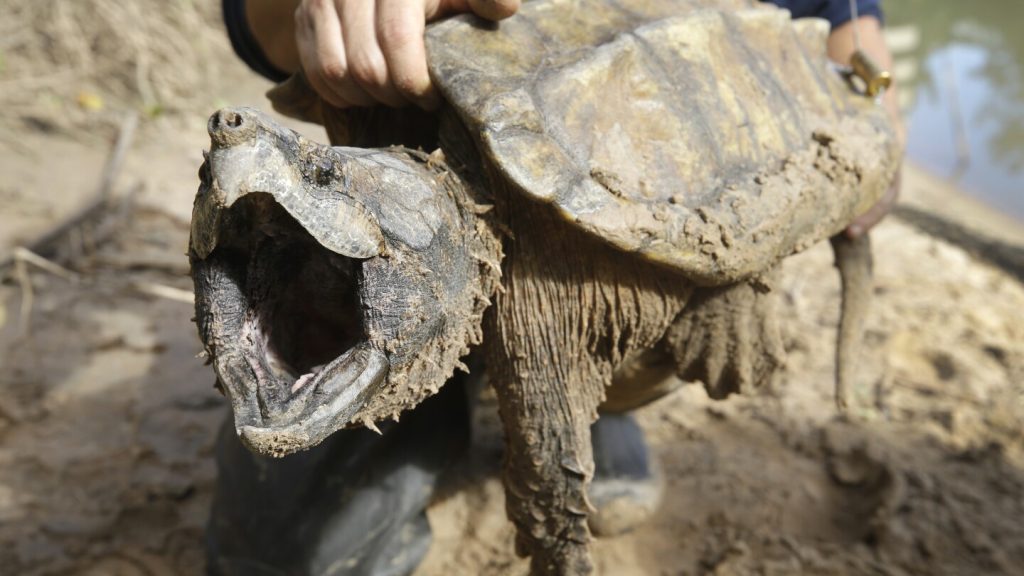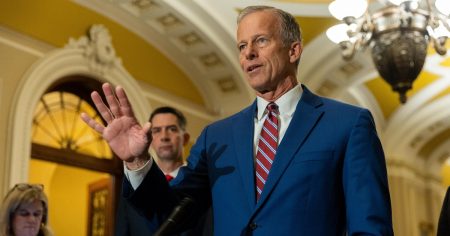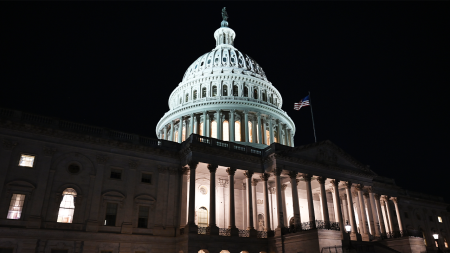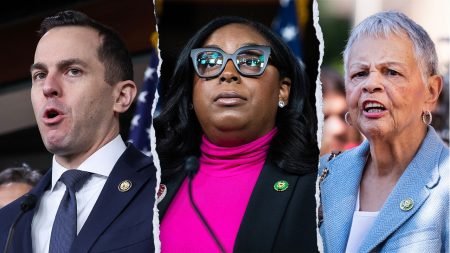The Biden administration has taken steps to restore rules protecting imperiled species and their habitats that were previously rolled back under the Trump administration. One of the key changes includes reinstating a regulation that mandates blanket protections for newly classified threatened species, eliminating the need for specific protection plans for each individual species while protections are pending. This move has drawn criticism from Republicans who feel that the Endangered Species Act was being applied too broadly at the expense of economic growth. However, wildlife advocates feel that some potentially harmful changes made under Trump have not been addressed.
The decision to restore more protective regulations has been met with mixed reactions. While some are pleased with the reinstatement of certain rules, others are frustrated that it took years for President Biden to address some of the rollbacks made during the Trump administration. The concern is that a future Republican administration could roll back these protections again, underscoring the urgency to address these issues promptly. While the announcement has been described as a “marginal win” by some environmentalists, there are concerns that certain provisions retained from the Trump era could still lead to habitat destruction for some species.
Republican lawmakers have strongly opposed the Biden administration’s changes, arguing that they are hindering development in industries such as oil, gas, and coal. Critics of the changes also argue that the regulations reduce the incentive for private landowners to participate in voluntary conservation efforts, as species designated as “threatened” will now automatically receive the same level of protections as those listed as “endangered.” The focus on blanket protections for threatened plants on federal lands has raised concerns about the impact on private property owners and their willingness to engage in conservation efforts.
The Endangered Species Act has long been a contentious issue for energy companies, ranchers, developers, and other industries who view the law as a barrier to their activities. Under the Trump administration, efforts to weaken environmental regulations, including those related to endangered species, were successful. The Biden administration’s reversal of some of these changes has reignited debates over the balance between conservation and development. Moving forward, it is expected that the Fish and Wildlife Service will continue to focus on crafting species-specific rules for threatened animals, while also utilizing blanket protections for certain plants.
The Biden administration’s actions also include withdrawing a Trump rule that limited the designation of lands and waters for federal protection of imperiled species. Additionally, the administration reversed Trump’s decision to weaken enforcement of the Migratory Bird Treaty Act, which had made it harder to prosecute bird deaths from various causes. Despite these changes, the Trump administration’s decision to roll back protections for individual species such as the northern spotted owl and gray wolf had lasting impacts. Efforts to restore protections for these species have been ongoing, with the ultimate goal of preventing further extinctions and habitat destruction.
Overall, the restoration of rules to protect imperiled species and their habitats marks a significant shift in the approach to conservation under the Biden administration. While there are concerns and criticisms from various stakeholders, the focus remains on using the best available science to address population declines and threats to wildlife. As the debate over the Endangered Species Act continues, the goal is to strike a balance between conservation efforts and economic interests, ensuring the long-term survival of vulnerable species in the United States and its territories.















